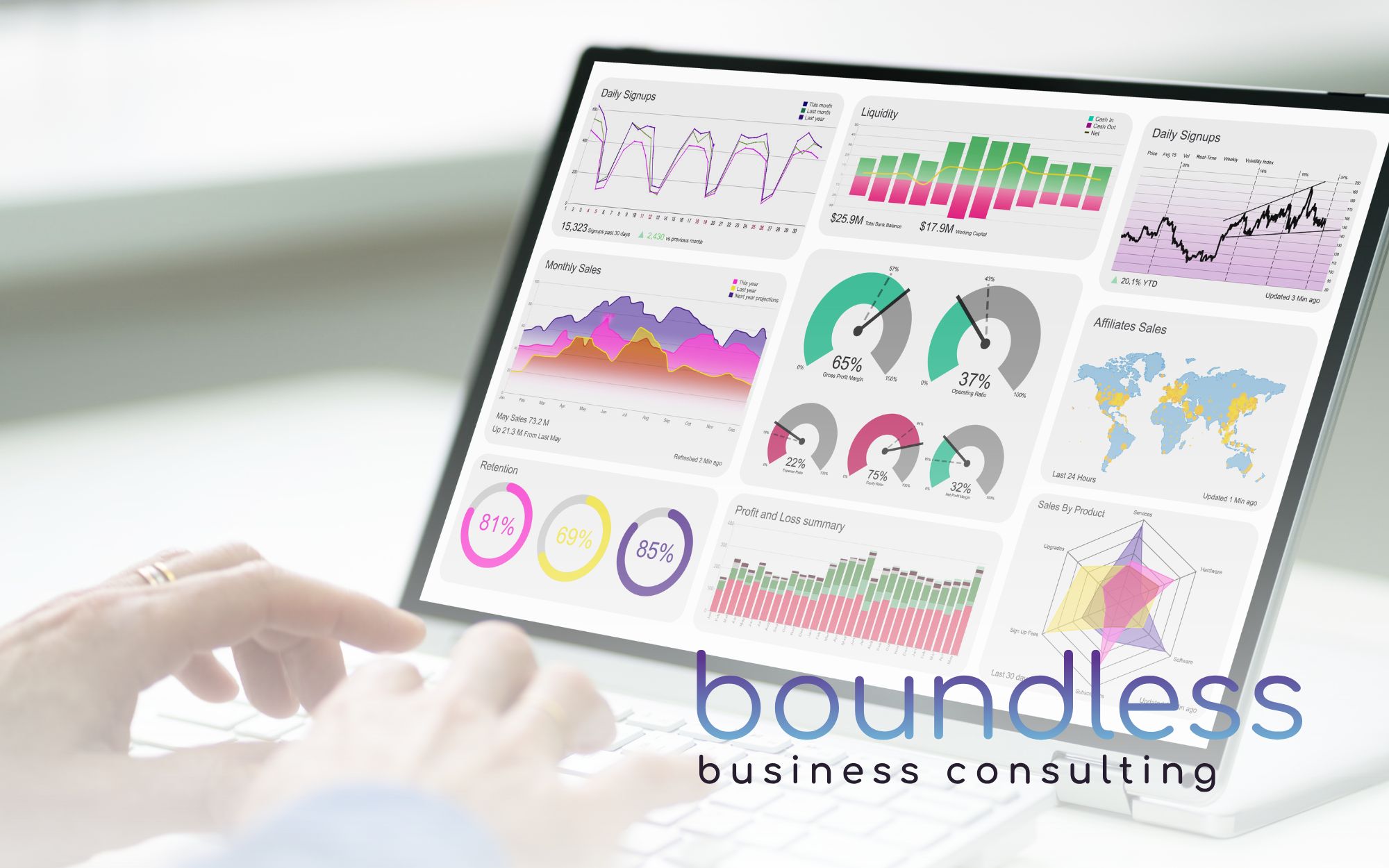Written by: George Staikos, Boundless Business Consulting
For many small and medium-sized enterprises (SMEs), demand generation is a critical driver of growth. But how do you know if your efforts are actually working? Too often, businesses invest in lead generation, content marketing, and outbound sales without a clear measurement framework—leading to wasted time and money.
To scale effectively, SMEs must track the right Key Performance Indicators (KPIs) to ensure their demand generation strategy is data-driven, efficient, and aligned with business growth goals.
Here’s a breakdown of the most important KPIs to track—and why they matter.
1. Marketing Qualified Leads (MQLs) & Sales Qualified Leads (SQLs)
Not all leads are created equal. SMEs must differentiate between:
- MQLs: Leads that have shown interest but are not yet ready for direct sales engagement.
- SQLs: Leads that meet specific sales criteria and are ready for direct outreach.
According to HubSpot, companies that clearly define MQL and SQL criteria see a 20% increase in sales productivity because their teams focus on the right prospects.
Best Practice:
- Track the conversion rate from MQLs to SQLs—if the percentage is low, your lead qualification process may need refining.
- Align marketing and sales teams to ensure they agree on what qualifies as a high-value lead.
2. Customer Acquisition Cost (CAC)
How much does it cost your business to acquire a new customer? Customer Acquisition Cost (CAC) includes:
- Marketing & sales expenses
- Ad spend
- Technology & software costs related to lead generation
According to McKinsey & Company, businesses that track and optimize CAC reduce unnecessary spend by 15-30%, improving profitability.
Best Practice:
- Compare your CAC to your Customer Lifetime Value (LTV*)—your LTV should be at least 3x your CAC for sustainable growth.
- If CAC is too high, reassess whether your targeting, messaging, or sales cycle needs optimization.
*LTV is a metric that predicts the total earnings you can expect from a customer over the course of your business relationship.
3. Website Traffic & Lead Conversion Rate
Your website is one of the most powerful demand generation tools, but traffic alone won’t drive revenue—conversions will.
Key metrics to track:
- Total website visitors
- Conversion rate of visitors to leads
- Bounce rate (how many visitors leave without engaging)
According to Google’s Marketing Insights, the average landing page conversion rate is 2-5%. However, top-performing companies see a 10%+ conversion rate by optimizing content and calls to action (CTAs).
Best Practice:
- Run A/B tests on landing pages to optimize messaging, forms, and CTAs
- Use heatmaps and session recordings to see where visitors drop off
4. Email Engagement Metrics
Email remains one of the highest ROI marketing channels. Open rates and click-through rates (CTR) reveal whether your message is resonating.
Key email KPIs:
- Open Rate: Industry benchmark: 20-25% (Mailchimp)
- Click-Through Rate (CTR): Industry benchmark: 2-5%
- Reply Rate: If you’re running outbound campaigns, track how many leads respond.
Best Practice:
- Personalize email subject lines: studies show that this will increase open rates by 26% (Campaign Monitor).
- Segment email lists based on buyer personas for more targeted messaging.
5. Sales Cycle Length & Deal Close Rate
The sales cycle length informs you how long it takes for a lead to become a paying customer. If deals take too long to close, it can create cash flow issues and reduce growth velocity.
Key KPIs to track:
- Average sales cycle length (by segment)
- Win rate (close rate): What percentage of SQLs become customers?
- Lost deal reasons: Why do prospects say “no”?
Best Practice:
- Track sales cycles by lead source—some channels (like referrals) close faster than others.
- If deals take too long, refine your sales messaging or follow-up cadence.
6. Return on Investment (ROI) by Channel
Which marketing channels are driving revenue? SMEs often spread their budget too thin, and tracking the ROI per channel ensures you focus on what works.
Metrics to track per channel (paid ads, SEO, outbound, content, etc.):
- Cost per lead (CPL)
- Lead-to-customer conversion rate
- Revenue generated per channel
- Marketing mix that leads to most sales
Best Practice:
- Use Urchin Tracking Module (UTM) tracking & CRM attribution to see where high-quality leads originate.
- Cut spending on underperforming channels and double down on what converts best.
Final Thoughts: Data-Driven Demand Generation Wins
To scale successfully, SMEs must move beyond marketing and sales efforts based on “gut feel”. By tracking and optimizing these KPIs, businesses can:
- Reduce wasted spend on ineffective demand-generation efforts
- Shorten the sales cycle & improve close rates
- Increase ROI on marketing & sales investments
As Peter Drucker, the father of modern management, famously said: “What gets measured gets managed.” If you want to generate predictable, scalable growth, start measuring what truly matters.
Take the first step toward transforming your business. Click the link to claim your FREE Health Check for Sales Strategies.

